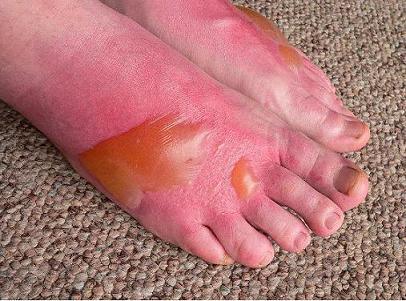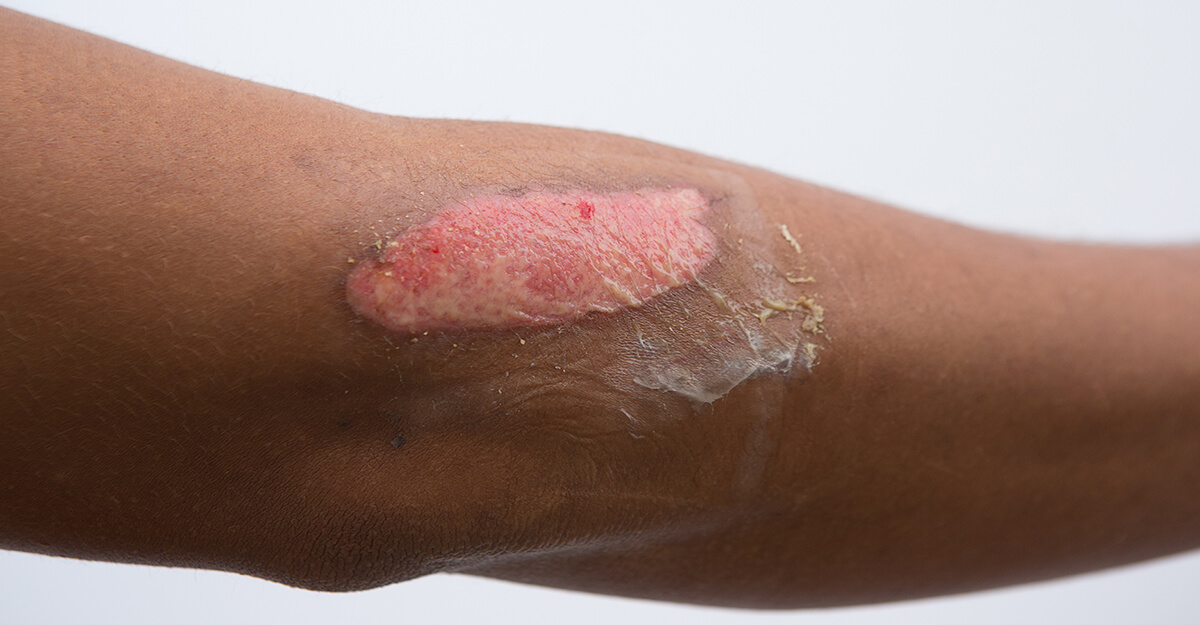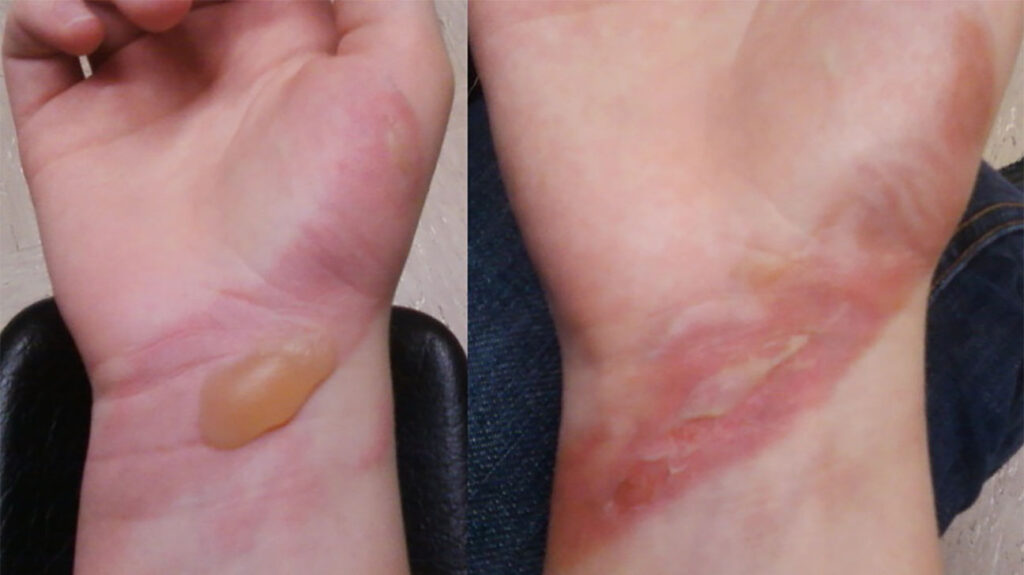Eshealthtips.com – In clinical practice, deep partial-thickness burns are very difficult to diagnose. As such, reliable animal models are needed to develop treatment options for this type of injury. In addition, the lack of accurate details makes it difficult to compare research findings. This article will discuss methods to determine the depth of a deep partial thickness burn.
Symptoms of Partial Thickness Burns
Symptoms of a partial thickness burn include blisters, swelling, and redness. Initially, the skin will appear red, but may turn white when pressed. Swelling is common but not severe, as the burn damage destroys the skin’s ability to hold in fluid. This fluid leaks out of the tissue, giving the skin a moist look.
Treatment for a deep partial-thickness burn may take a long time. This type of burn usually takes three weeks or more to heal. Afterward, it may result in scarring. In severe cases, skin grafts (a layer of skin from an area unburned) may be used to cover the badly burned area. While healing, it may be necessary to take pain medication. A cold towel can be helpful in reducing pain.

Most partial-thickness burns are caused by heat. The superficial type occurs after contact with hot water or hot surfaces. A deep partial-thickness burn, on the other hand, occurs when contact occurs with extremely hot liquid or a hot surface. Unlike the superficial type, the deeper type is more painful and involves muscle or bone.
Treatment to Minimize the Risk of Infection
The symptoms of a deep partial-thickness burn vary greatly. The skin may look red and blistered, and the burn may be very painful. It may also appear waxy or oozy. Treatment will involve managing pain, cleaning the wound, and minimizing the risk of infection. In severe cases, skin grafts may be required to treat a deep partial-thickness burn.

A clinical assessment performed by a burn surgeon can help determine the depth of a burn. The history of the burn and immediate first-aid may provide clues as to the severity of the injury. Additionally, a burn depth chart can be found online. In general, most burns are of mixed thickness, or partial thickness. The superficial type, similar to a sunburn, may heal in two weeks or less without scarring.
Understanding Change and Its Role in Partial Burns
Recent studies have investigated gene expression and cellular kinetics in deep partial-thickness burns. They have shown that the expression of certain genes, such as IL-6 and TNFa, is increased in the skin tissue of rats suffering from deep partial-thickness burns. The changes observed suggest that these genes are important in wound healing. Further research is needed to understand these changes and their roles in partial-thickness burns.

As an important step in burn care, accurate estimation of burn size is important to guide therapy and determine when to transfer a patient to a burn center. The extent of a burn is usually expressed as a percentage of the body’s surface area. The burn diagram shows the locations of both partial-thickness and full-thickness burn areas. Until differentiation is achieved, a burn with a partial-thickness appearance will be assumed to be partial-thickness burn until it can be differentiated from a full-thickness burn.
Reference: